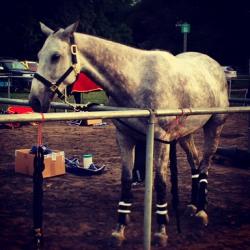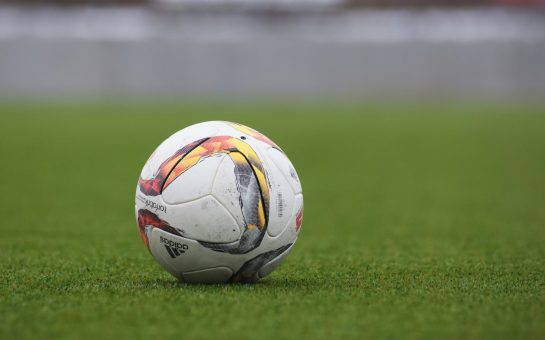If you think Polo consists of Prince Harry, Pimm’s-sipping socialites and dare I say it, ‘Sloanies’, well you’re absolutely right.
But, Polo need not be a sport for the middle-classes.
Year-on-year, the quintessentially British sport is gaining wider interest locally and internationally.
Often misconceived by many to be a posh man’s sport, this pony-style hockey game has never been so popular.
Some of the top tournaments in the UK are Cartier International, Polo in the Park, The Queen’s Cup Final and The Veuve Cliquot Gold Cup.
Speaking at Chesterton’s Polo in the Park in Fulham, English player George Meyrick, said: “The representation of polo at the moment is pretty good. Events like this help to get more people involved and understand what it is.”
Polo’s international appeal has more than doubled in recent years with more parents signing their children up for tuition lessons.
Founder of Chesterton’s Polo, Daniel Fox-Davies, said: “It’s getting better and better. Junior clubs continue to grow. After the event, people want to get lessons. It’s very addictive and I encourage anyone to come and have a go.”
The first polo game was played in Persia dating back to 6th Century BC initially designed to train cavalry guards and other elite troops.
As popularity increased, it became a noble sport spreading to Arabia, China, Japan and eventually all over the world.
Traditionally speaking, there are two teams of four players although sometimes there can be three to promote a more fast paced game.
A player is also known as a ‘hired assassin’ who carries a mallet in their right hand to hit the ball.
Left-handed players were banned in 1974 to avoid unwanted collisions from approaching the ball of a different side.
Similar to golf, each player is rated using a handicap system between -2 to 10 goals. The most skilled is rated 10, although 90% of all polo players have handicaps in the range of 0 to +2.
Through skilful manoeuvring and speed the aim is to score the ball between the goals.
Players can ‘bump’ or hook each other’s stick to spoil shots or remove their opponents away from the play.
Once a goal is scored, the ball is hit out from behind the goal to restart play.
A match consists of 4 ‘Chukkas’ lasting 7.5 minutes long where players change their ponies between every 2 chukkas. Each pony in known to run the equivalent of 2 miles per chukka therefore needing frequent rest.
Besides a player’s ability to score, ponies also play a vital role as most riders agree they represent 70-80% of a player’s game.
During half time, spectators are invited to take part in the ‘stomping of the divots’, grass chunks that have been torn up by ponies’ hooves.
Polo season in Britain is mainly played at Hurlingham Park in Fulham, Guards Polo Club in Windsor and Cowdray Park in Sussex where international teams compete to win tournament cups.
The worldwide success of Polo is well recognised.
“In Abu Dhabi, Dubai and the whole of UAE, polo is getting big. We have some of the best players in the world and it is getting competitive over there,” said international player for United Arab Emirates, Prince Mohammed Al Hatoob.
The UK hosts some of the biggest polo events in the world and still continues to attract more global teams from India, Laos, China and Australia to play as well appeal for younger audiences to join in.





